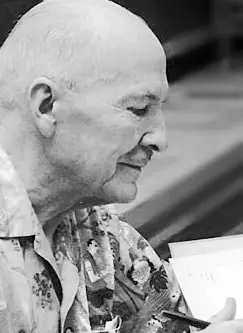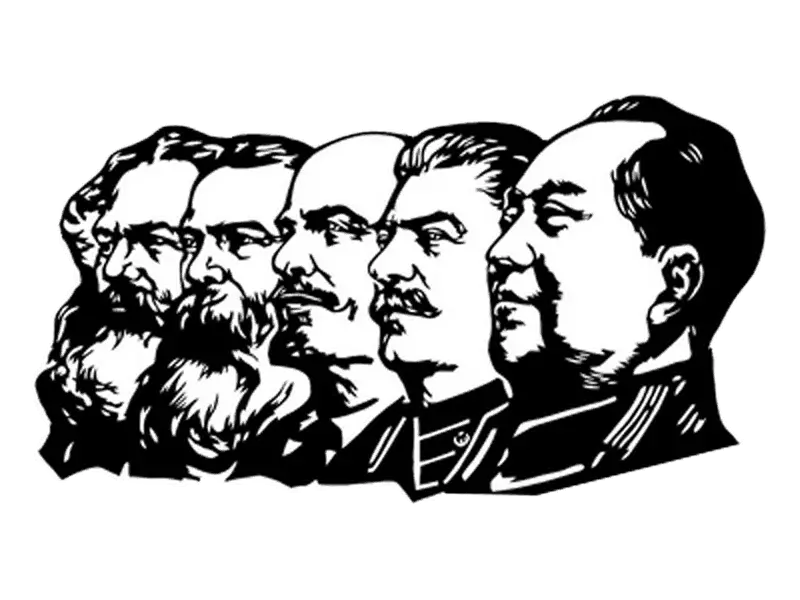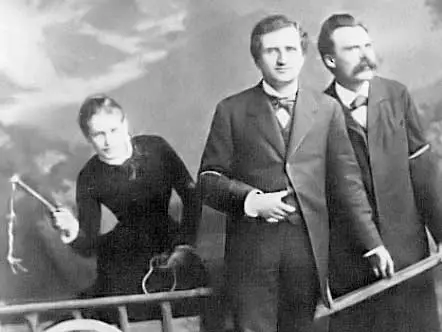The Ross-Littlewood paradox, or Zeno part 3


The Ross-Littlewood paradox, or Zeno part 3
The Zeno paradox discussed in the previous posts (part 1 and part 2) has one of the most fascinating variations known to man. It is so sublime, that one is stunned by the grand ingenuity of it. No kidding, for a few milliseconds you will literally be stunned. The idea dates back to a publication from 1954 by J.F. Thomson with an interesting title: “Tasks and Super-tasks” (free to read on JSTOR, given you register). A ‘supertask’ (coined by Thomson) needs little elaboration for our paradox; it is enough to simply say an infinite amount of tasks in a sequence (basically, a computer that keeps on calculating infinitely). Thomson, to whom I will return in the next post (or later), had his own problem with supertasks, so let us return to Ross-Littlewood paradox.
Their supertask poses the following thought experiment: imagine a vase and an infinite amount of balls (that can all fit in the vase). At each stage of the supertask, some balls are added into the vase, and some are removed.
It is assumed that you start putting the balls into the vase at 30 seconds before noon.
At each stage, as with Zeno’s paradox of motion, you reduce the time before the next stage by half (so 30, 15, 7.5, 3.75, etc. seconds before noon).
At each stage you put 10 balls in the vase, while removing one ball from it.
As is the point with a supertask, you do this infinitely, as time can be divided infinitely by half.
So the question is: how many balls are there in the vase at noon exactly?
Generally, one can end up with of the two options: either the vase is filled with infinite amount of balls (as one keeps adding the balls in infinitely); or the vase ends up empty (as one keeps removing balls infinitely). Favoring one over the other is a little nonsensical. Even though intuitively one wants to say that at each stage more balls are put in than removed, it is impossible to know what happens once the sequence ends. Precisely because the sequence does not end (hence supertask and infinity), at noon exactly there can be no balls left because they have to be removed at some previous stage.
And this is what happens when leave mathematics to experts (like Ross and Littlewood). So let us turn to philosophers instead and find a proper solution to the paradox. Or rather, as philosophers do, find the problem with the paradox. The problem here is, as it usually is, with the question posed. We can discern a double problem with the question. First, one cannot know what happens at noon exactly, because the paradox does not allow for the possibility of reaching noon; the conditions provided simply do not allow that. There always remains that time fragment right before noon where more balls are added and removed. Second, and more forcefully, there is no noon, in order to know what happens at noon.
So as Aristotle argued against Zeno that his paradox is not a paradox, neither is Ross-Littlewood paradox a paradox.
So what does this all mean in moral and political terms. The conditions have to be right for a specific goal to be reached. This is not to say that with any political decision we can know all the conditions. In fact, most of the times we do not; and it is highly doubtful that those making the decisions do. Nevertheless, we should always demand the possibility of knowing as much as possible before we commit to the decisions. If we don’t, our decisions will resemble a game of Russian roulette: either the chamber is empty or it is full – and the only way to know is by firing.
This is a 4-part series on Zeno’s paradox of motion.
- Part 1: Zeno’s paradox of motion in relation to bisection of space (Achilles and the tortoise)
- Part 2: Zeno’s paradox of motion in relation to bisection of time (Flying arrow is at rest)
- Part 3: Further applications of Zeno’s paradox: The Ross-Littlewood paradox
- Part 4: Further applications of Zeno’s paradox: Thomson’s lamp








